
2010 excel pivot table tutorial gagaszo
Step-by-Step Excel Pivot Table. Enter your data into a range of rows and columns. Sort your data by a specific attribute (if needed). Highlight your cells to create your pivot table. Drag and drop a field into the "Row Labels" area. Drag and drop a field into the "Values" area. Fine-tune your calculations. Step 1.
:max_bytes(150000):strip_icc()/CreatePivotTable-5be0ebcc46e0fb0026462908.jpg)
How to Organize and Find Data With Excel Pivot Tables
Insert a Pivot Table. To insert a pivot table, execute the following steps. 1. Click any single cell inside the data set. 2. On the Insert tab, in the Tables group, click PivotTable. The following dialog box appears. Excel automatically selects the data for you. The default location for a new pivot table is New Worksheet.
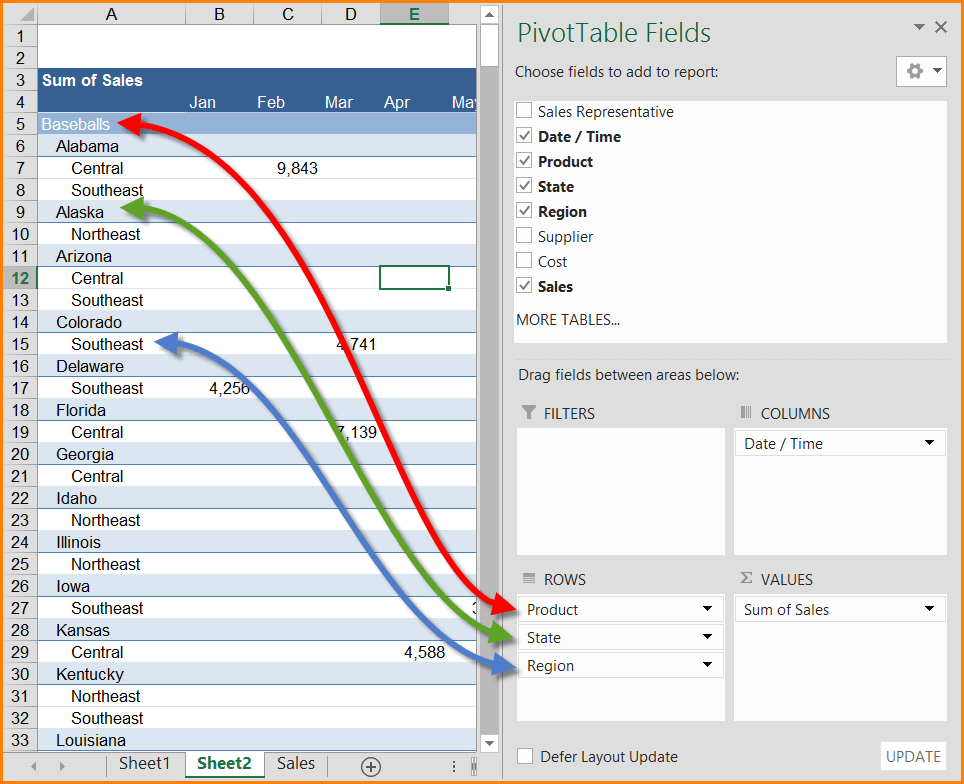
PivotTables
Go to the Insert tab and click "Recommended PivotTables" on the left side of the ribbon. When the window opens, you'll see several pivot tables on the left. Select one to see a preview on the right. If you see one you want to use, choose it and click "OK." A new sheet will open with the pivot table you picked.

Review Of How To Calculate Average In Excel Pivot Table References Fresh News
After you create a PivotTable, you'll see the Field List. You can change the design of the PivotTable by adding and arranging its fields. If you want to sort or filter the columns of data shown in the PivotTable, see Sort data in a PivotTable and Filter data in a PivotTable . Windows Web Mac iPad.
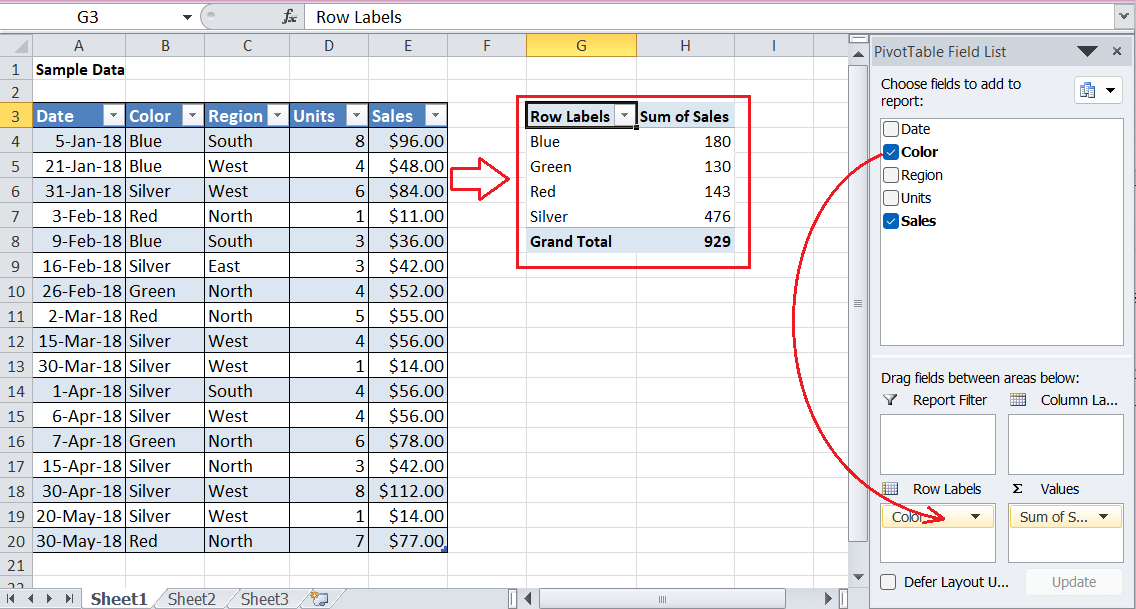
What is Pivot Table in Excel with Examples javatpoint
To delete, just highlight the row, right-click, choose "Delete," then "Shift cells up" to combine the two sections. Click inside any cell in the data set. On the "Insert" tab, click the "PivotTable" button. When the dialogue box appears, click "OK." You can modify the settings within the Create PivotTable dialogue, but it's usually unnecessary.

Create a PivotChart in Excel Instructions and Tutorial
After creating a PivotTable and adding the fields that you want to analyze, you may want to enhance the report layout and format to make the data easier to read and scan for details. To change the layout of a PivotTable, you can change the PivotTable form and the way that fields, columns, rows, subtotals, empty cells and lines are displayed.

Excel pivot chart mac powenpo
Make sure all columns have headers, with a single row of unique, non-blank labels for each column. Avoid double rows of headers or merged cells. Format your data as an Excel table (select anywhere in your data, and then select Insert > Table from the ribbon). If you have complicated or nested data, use Power Query to transform it (for example.
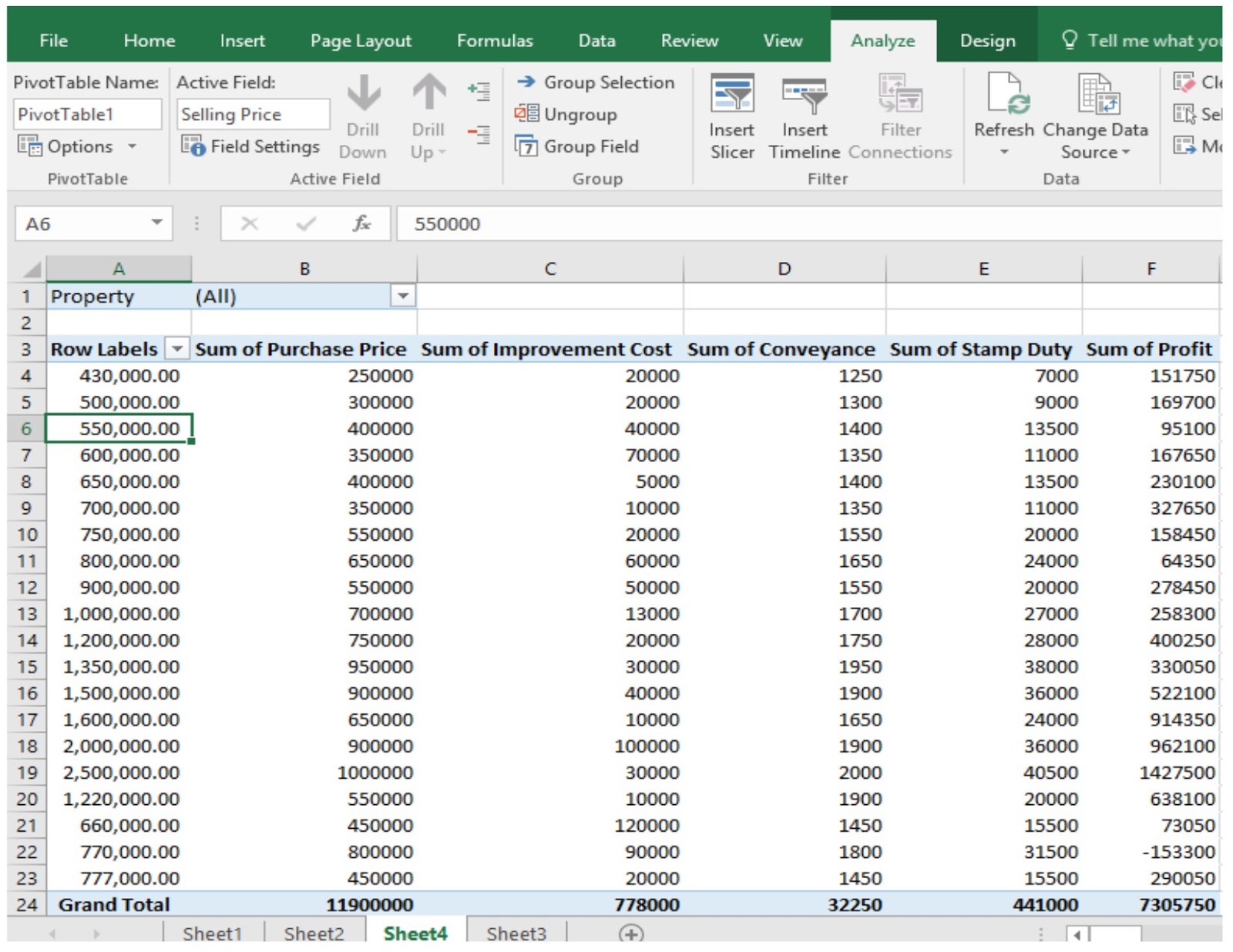
Pivot Table Pivot Table Basics Calculated Fields
Insert Pivot Table. 1. To start off, select any cell in the data and click Pivot Table on the Insert tab of the ribbon: Excel will display the Create Pivot Table window. Notice the data range is already filled in. The default location for a new pivot table is New Worksheet. 2.

Advanced Excel Creating Pivot Tables in Excel YouTube
Go to the Insert tab and click "PivotTable" to create a new pivot table. Use the PivotTable Fields pane to arrange your variables by row, column, and value. Click the drop-down arrow next to fields in the pivot table to sort and filter. Part 1.
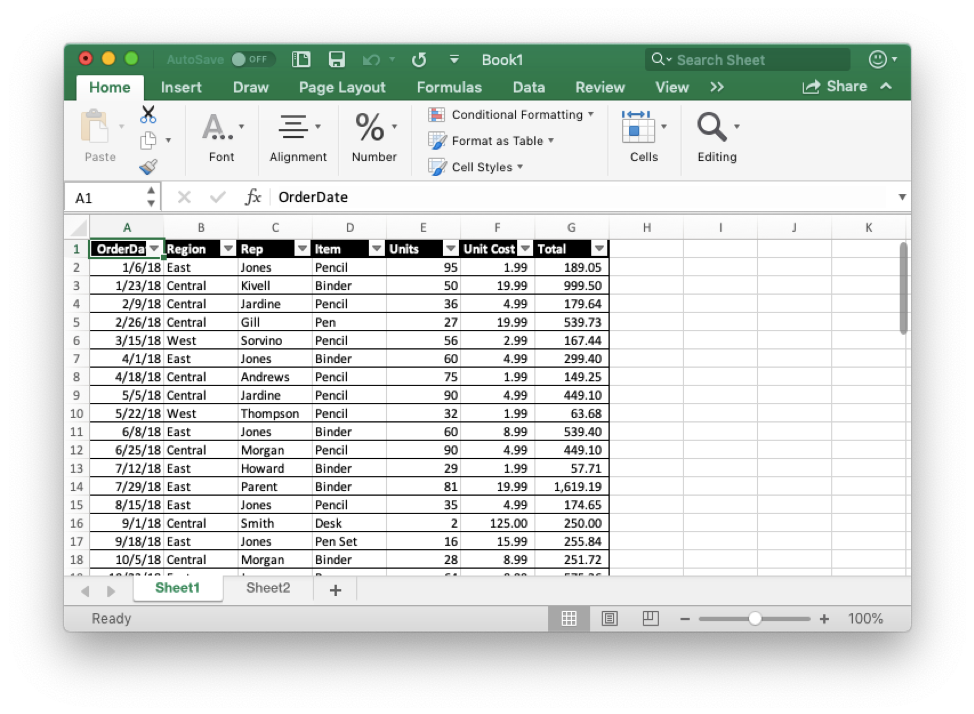
Create High Level Reports Using Excel Pivot Table to Show Trends and Results CCC Solutions
Select Insert > PivotTable. Under Choose the data that you want to analyze, select Select a table or range. In Table/Range, verify the cell range. Under Choose where you want the PivotTable report to be placed, select New worksheet to place the PivotTable in a new worksheet or Existing worksheet and then select the location you want the.

How to use a Pivot Table in Excel // Excel glossary // PerfectXL
Learn Excel with high quality video training. Our videos are quick, clean, and to the point, so you can learn Excel in less time, and easily review key topics when needed. Each video comes with its own practice worksheet. Simple Pivot Table examples you can use for inspiration and learning. Includes screen shots, instructions, and video links.

Excel Pivot Tables A StepbyStep Guide For Beginners Unlock Your Excel Potential
PivotCharts complement PivotTables by adding visualizations to the summary data in a PivotTable, and allow you to easily see comparisons, patterns, and trends. Both PivotTables and PivotCharts enable you to make informed decisions about critical data in your enterprise. You can also connect to external data sources such as SQL Server tables.
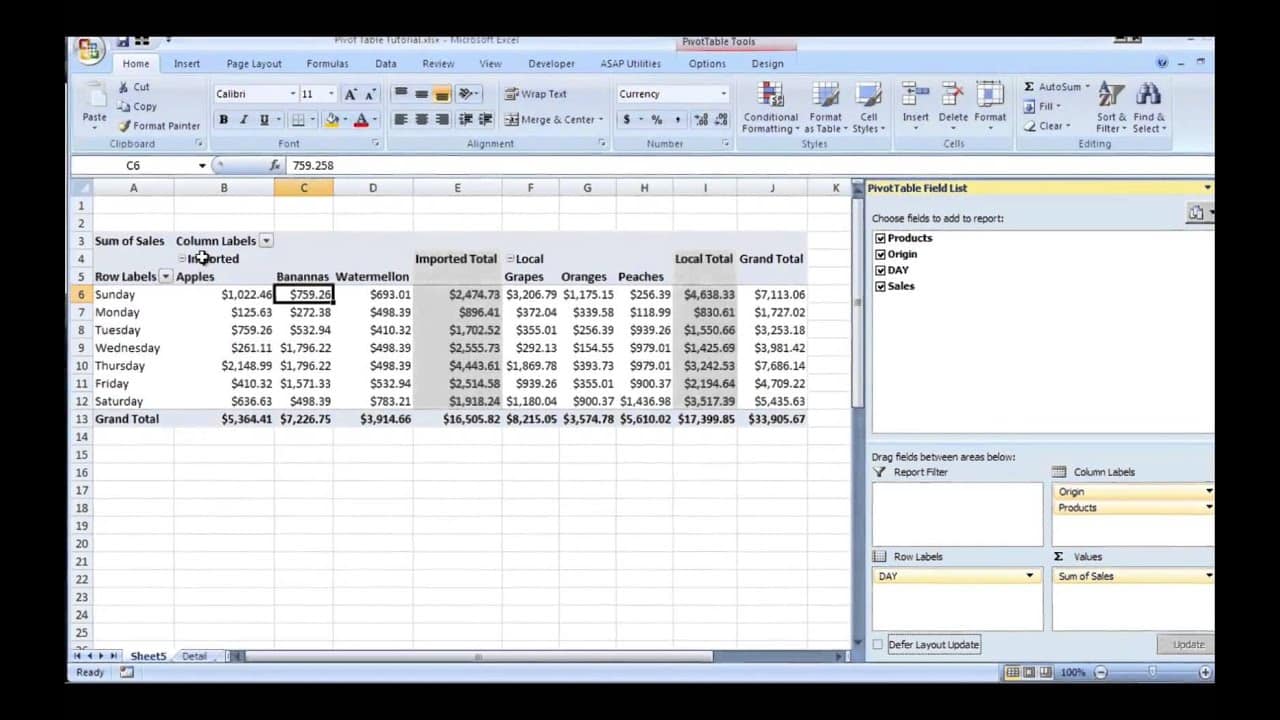
How To Use A Pivot Table In Excel
To do so, highlight your entire data set (including the column headers), click "Insert" on the ribbon, and then click the "Pivot Table" button. 3. Choose where to place your pivot table. After clicking that "Pivot Table" button, you'll be met with a popup that asks where you'd like to place your pivot table.
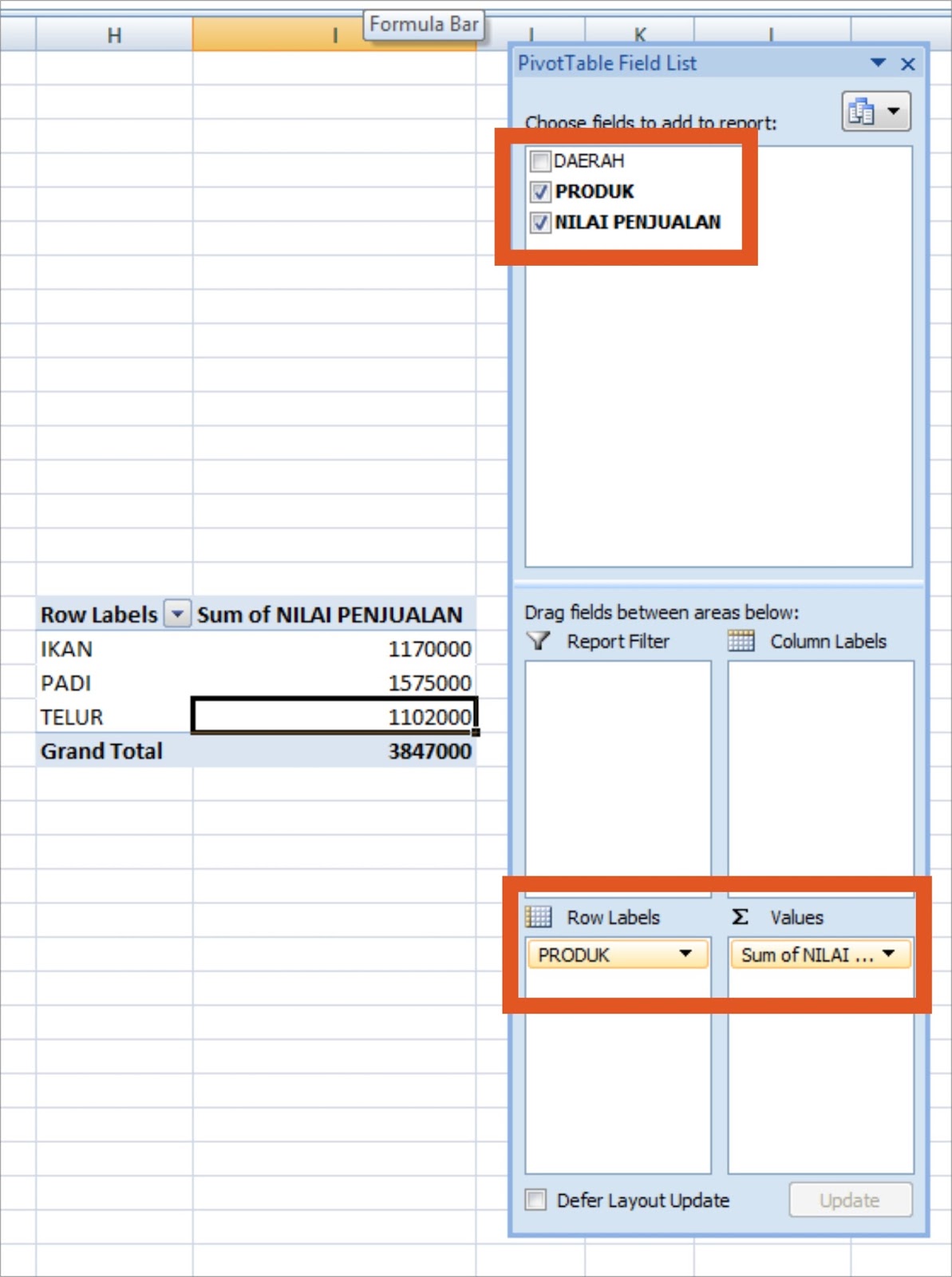
Pivot Table Dalam Microsoft Excel belajar microsoft excel
Make sure your data has column headings or table headers, and that there are no blank rows. Click any cell in the range of cells or table. Click INSERT > Recommended PivotTables. In the Recommended PivotTables dialog box, click any PivotTable layout to get a preview, and then pick the one that shows the data the way you want, and click OK.

Pivot tables in excel berlindarev
🔥 Go from Excel novice to data analysis ninja in just 2 hours with my Excel for Beginners course: https://kevinstratvert.thinkific.comIn this step-by-step t.

Lo nuevo de tablas pivot con Excel 2010 YouTube
2. Create a Pivot Table. Select any cell in the source data table, and then go to the Insert tab > Tables group > PivotTable. This will open the Create PivotTable window. Make sure the correct table or range of cells is highlighted in the Table/Range field. Then choose the target location for your Excel Pivot Table: